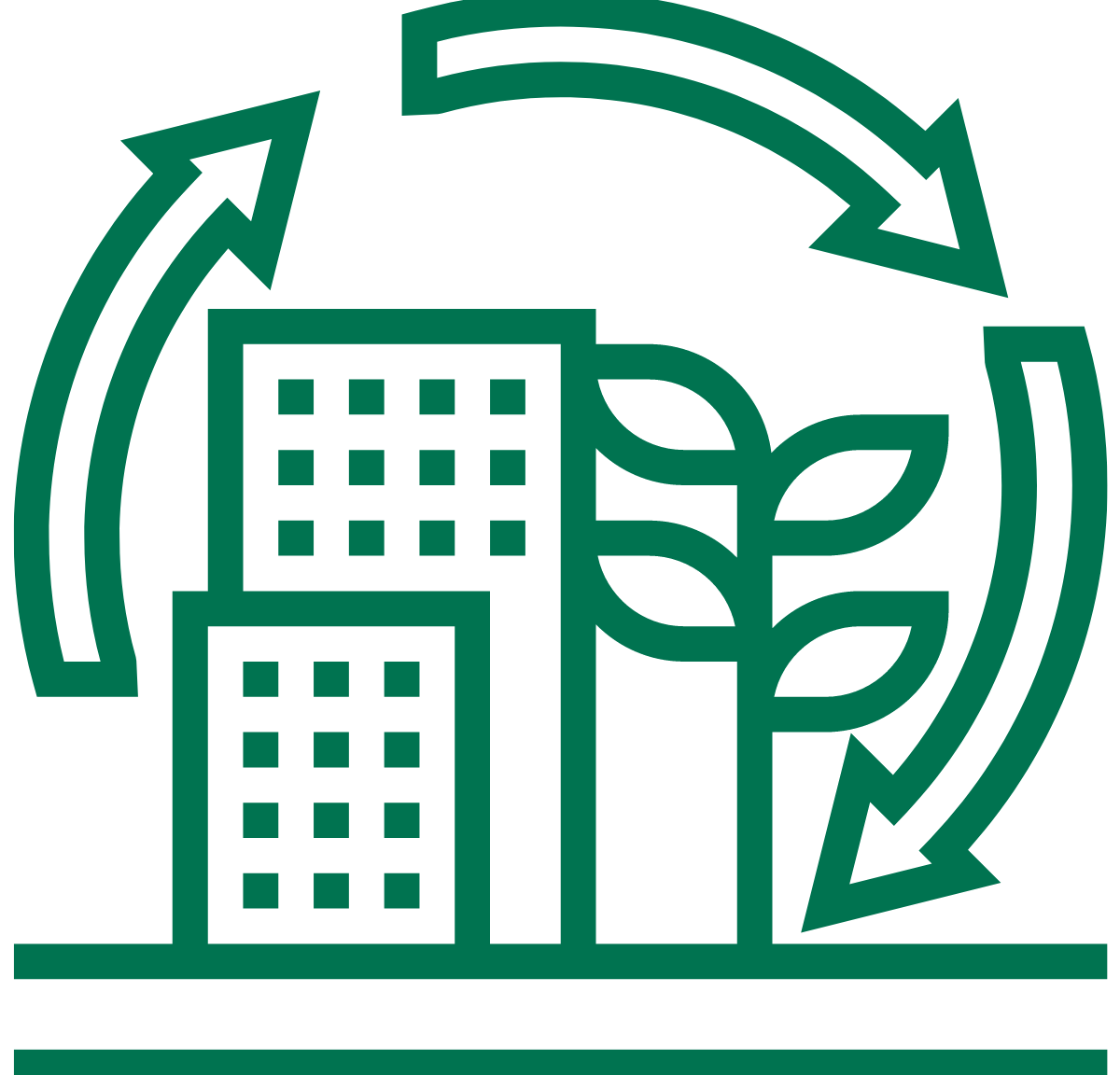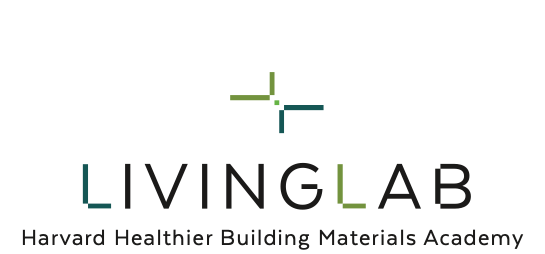Creating a healthier, sustainable built environment for all
Harvard Healthier Building Academy
The Harvard Healthier Building Academy (HHBA), is a partnership between the Harvard Office for Sustainability and faculty predominantly from the Harvard T.H Chan School of Public Health, John A. Paulson School of Engineering and Applied Sciences, and Harvard Medical School.
The mission of the HHBA is to design, build, and operate healthier buildings, including a healthier supply chain, better indoor air quality in buildings, and access to daylight and nature. For more than a decade, HHBA has prioritized identifying and reducing “chemical classes of concern” (many derived from petrochemicals) from the supply chain that pose health risks and represent enormous carbon emissions. The chemicals used in building materials, and everyday products, can have a negative impact on human health. The research and science on these impacts is widely acknowledged, and chemical classes of concern, e.g. PFAS/forever chemicals, chemical flame retardants, antimicrobials, etc., are ubiquitous in building materials. Harvard’s goal is to send a market signal to transform the marketplace for a healthier, more sustainable supply chain for all.

5M sq. feet

50+ Capital Projects

14 Product Categories for Healthier Materials
Formation of HHBA
In 2016, the Harvard Office for Sustainability (OFS) was awarded an inaugural grant from the President’s Administrative Innovation Fund to establish the Harvard Healthier Building Academy. The Academy, founded together with HPSH and others, fosters pilot projects that bring together the University’s decentralized project management and purchasing community with external vendors to create pathways and scalable solutions for reducing chemicals of concern in the University’s built environment. The HHBA has made great strides to ensure all capital projects at Harvard prioritize the purchasing and use of healthier materials.
PRIOTIZING healthier materials
First Major HHBA Pilot Project: Smith Campus Center
The completion of the Richard A. and Susan F. Smith Campus Center in 2018 marked the first Harvard Healthier Building Academy pilot project by following guidance to include only healthy and sustainable furniture. Since 2018, more than 50 capital projects on Harvard’s campus have followed HHBA guidance.

Campus as a Living Lab
The goal of the HHBA, founded in 2016 by the Harvard Office for Sustainability and the Harvard T.H. Chan School of Public Health, is to ground our product purchase decisions in the latest science – including leading research done right on our own campus. Explore the impactful HSPH research on healthier materials.

HEALTHIER MATERIALS
Research & Case Studies
HHBA Core Strategies for Organizational Change:
- Utilize the Latest Research & Science: Partnering with faculty to translate emerging research and discoveries into actionable strategies that can be deployed on campus.
- Drive Ingredient Transparency & Optimization: Requiring product transparency as a first step to assessing product ingredients and eliminating chemical classes of concern.
- Pilot Strategies on Capital Projects: Collaborating with project teams and external vendors to pilot strategies on capital projects, including new construction and renovations.
- Institutionalize Successes: Incorporating successes and lessons learned into Harvard’s Sustainable Building Standards and other University standards, and continuously building upon tools and resources for project teams.
- Scale Change & Transform the Global Marketplace: Engaging diverse stakeholders and partnering with industry leaders to scale change and facilitate widespread adoption of healthier materials.
How We Build
Harvard is accelerating sustainable building to enhance health, productivity, and quality of life on campus – as well as for those in our value chain and their communities.
